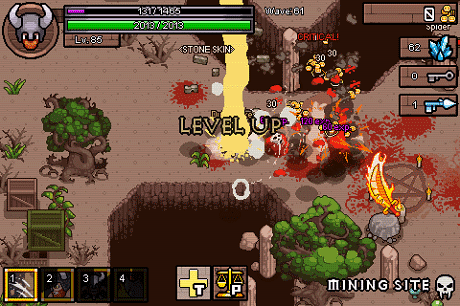

In both of these scenarios, plunder played a central role, and though war spoils could take a number of different forms-money, people, merchandise-the warriors from these mercantile cities generally appropriated small-scale luxury objects, i.e. As crusading ventures lost their efficacy in the thirteenth century, these Italian cities engaged in warfare in the service of trade, fighting for commercial concessions and seizing strategic territories from rivals in order to maximize economic opportunities.

In the context of crusade, they led military expeditions against foreign enemies in Spain, the Holy Land, and battled adversaries across the Mediterranean Sea. Meanwhile, conquests guided by providence placed the " inevitability " of the conquest, acquisition or " liberation " of al-Andalus on another plane.įrom the twelfth to the fourteenth centuries, the Italian maritime republics of Genoa, Pisa, and Venice were almost constantly at war. The concepts of heritagisation, dominating and fighting were assimilated into a single reality, and even became interchangeable. However, the members of the latter ruled and fought in regional settings, focussing their military activity on the defending and acquiring patrimony, as well as on establishing their jurisdiction. The rise of the cities, the towns and the defence or occupation of the conquered frontiers contributed to the reformulation of the military system, which broke the almost exclusive hold of the noble families on military activity. The counts and the king used military agents from outside the regional aristocratic interests, implemented new military policies and found ideological or legislative resources to support their pre-eminence in military deployment.

Among these, the highest power was the count or the king, who extended his domination and led the process of expansion through such novel formulae as pacification, the formation of armies and pacts with foreign leaders. Denia's piracy thus reflects a coherent form of statecraft, informing definitions of the medieval state and territoriality.įeudal wars and wars of conquest were characteristic conflicts in Catalonia in the 12 th century and led to a consolidation of the aristocratic military and political leaders. In fact, the Mediterranean maritime lanes became as much an extension of Denia as its continental territories. This policy also provided the taifa's economic foundation for much of its history. The legitimacy provided by his “jihād on the sea” helped to shore up his power at a time of political instability. Mujāhid's pursuance of this policy stemmed from his role in the erstwhile caliphate, but was also motivated by a combination of religious, political and economic factors. In fact, Mujāhid al-‘Āmirī built his state as a continuation of the maritime policies of the Cordovan caliphate under which the piracy of independent coastal communities was adopted and expanded into a state-sponsored guerre de course. Commerce with Muslim and Christian ports played a role in Denia's success, but both Latin and Arabic sources emphasise its practice of piracy on a grand scale. Mujāhid al-‘Āmirī based his state not only on its continental territories, but especially on the maritime networks that linked it with the Mediterranean. The taifa of Denia on the Iberian eastern seaboard was one of the most dynamic of the regional polities that emerged from the disintegrated Cordovan caliphate. In all cases, however, Andalusi objects had overwhelmingly positive associations for medieval Pisans, as they alluded to the source of the city’s wealth and fame – extensive and profitable commercial exchange with Muslim territories in the Western Mediterranean. On other religious buildings, imports from Muslim Spain had greater resonance as fruits of lucrative trade, luxury commodities that manifested the cultural sophistication of Pisa’s citizens. On important civic structures, reused Andalusi artworks were understood as plunder of war, associated with epic battles through literary texts and monumental inscriptions. This article will explore the nature of the Andalusi objects imported into Pisa and the varied understandings of these objects based on the quality and type of object as well as their secondary context in the city. Interaction between the medieval republic of Pisa and the territories of Sharq al-Andalus began early in the eleventh century and was characterized by fierce military confrontations, peaceful trade, and the importation of numerous Andalusi commodities into the Tuscan city.


 0 kommentar(er)
0 kommentar(er)
